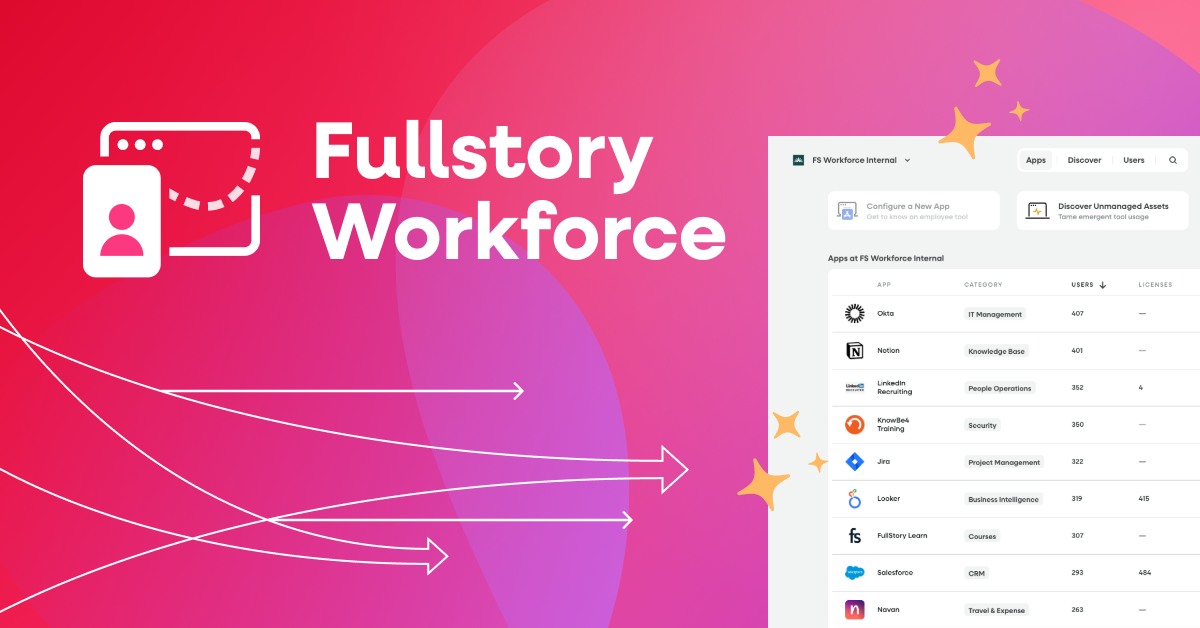For a product team to thrive, it needs to have a culture of curiosity. But often, under the pressures of deadlines and KPIs, even the most naturally curious product team can find themselves fizzling.
This is why we have to fight for curiosity—not just to keep it alive, but to ensure our curiosity stays focused in the right direction.
In Part 1 of this series on fighting for curiosity, I introduced the curiosity grid and its four quadrants: myopia, apathy, wondering, and intentional curiosity.
Then, in Part 2, we explored how curiosity can change throughout the product lifecycle and outlined three steps for promoting intentional curiosity.
In the third and final post, we’ll walk through the five cornerstones of a culture of curiosity, and why each of them is important.
The 5 elements of a culture of curiosity
1. Empathy
To be curious, you first have to care. There are two aspects of empathy for product managers:
Understanding the customers’ problems and how your product fits into their day to day
Viewing the product through the customer’s eyes through usability testing, journey maps, and session replay
Empathy is understanding how the customer feels throughout their journey with your product to build a deep understanding of their experience.
2. Trust
Giving voice to curiosity can carry risk. Do you feel safe asking questions in your organization or team? Would you challenge something that’s already in flight if new insights appear?
In a high trust environment, there’s intentional reinforcement that questions aren’t just okay, they’re expected. Here are two quick ways to add trust:
Establish a baseline of “question reception.” On the receiving end of a question in your team, are minds receptive or defensive? Receptive looks like meeting curiosity with curiosity; defensive looks like armor.
Pair curiosity with context. Next time you ask a question, add context to disarm and add clarity. Including why you’re asking a question helps open up a dialogue.
3. Passion
If you’re passionate about your customers and their problems, you’re going to care (a lot). You feel ownership over the problem space and accountability for delivering on your goals.
But there’s a danger to passion as well. Layer in some organizational changes, add some new hires to the mix, and passion can morph into territorialism. It’s up to product leaders to notice and combat this. If you see it, ask yourself what you play in it, then consider shaking things up.
Organize a hackathon, a design sprint—find a way to get your team out of their silos and thinking about the user problems in new ways.
4. Access
To exercise curiosity, teams need easy access to the data and the customer. Though the barriers here might be procedural, technical, or cultural, a lack of data is a fast track to apathy.
Here are a couple of quick exercises you can do to get the juices flowing around data:
One Number: At a weekly meeting, have each product manager bring a single number and popcorn around the (virtual) room. It might be an adoption metric, a piece of retention data, progress toward a success metric, or something else. This little exercise helps connect the dots and encourage curiosity and dialogue.
Watch Parties: Many Fullstory customers host regular Watch Parties, where they gather to watch user sessions in Fullstory. The sessions might be pre-chosen or random, but it’s a great way to observe the user experience and see what surfaces.
5. Speed
Speed creates new value—how quickly do you move on new insights, and in what way?
Imagine you found a new insight, questions emerge, you’re rethinking some assumptions. This is a pivotal point—how much time do you spend on discovery, asking questions, and garnering confidence?
Experimentation is an excellent way to act on curiosity and move with urgency simultaneously, and reduces the risk involved in building something new. Experimentation helps to validate ideas or hypotheses and augments the data or research you’re already using. Customers’ needs and expectations are always changing, and experimentation is a powerful way to ask and answer questions.
Let’s recap. Curiosity is a muscle; if you don’t exercise it, it atrophies. You have to fight for a culture of curiosity—one in which your team has real empathy for the customer, trust that it’s safe to ask questions, feel passionately about the problems they’re solving, have easy access to the data and the customer, and can move with speed.
When these elements are present, intentional curiosity flourishes.
Equip your team with the behavioral insights they need to improve the digital customer experience.
Request a Fullstory demo to get started.




